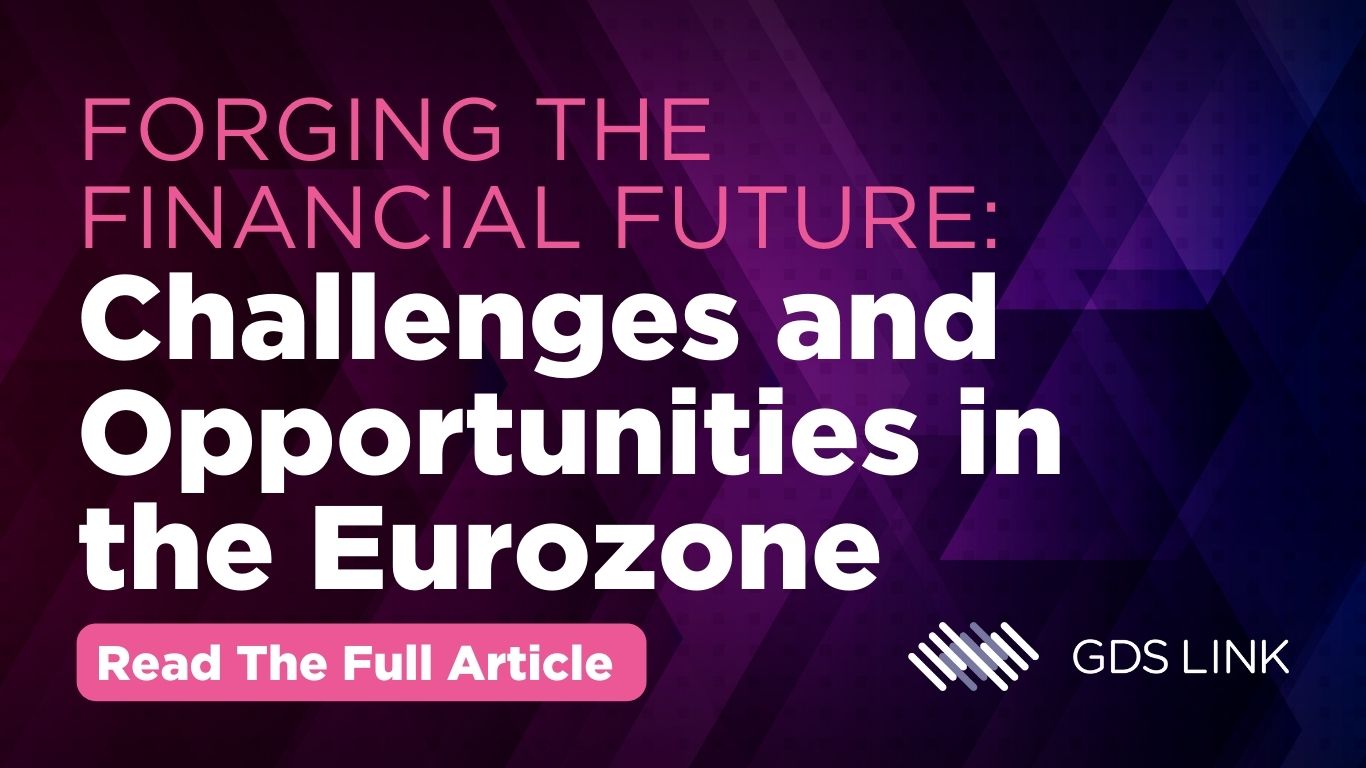Since being announced, the rate hikes the U.S. Federal Reserve promised have many economists and experts concerned. This anxiety is being felt in emerging markets, which have traditionally flourished under low U.S. interest rates that allow for inexpensive refinancing of debt repayment products.
"Emerging markets scooped up unprecedented amounts of corporate-debt."
Recently, The Wall Street Journal reported that The Bank for International Settlements has commented on the state of emerging international markets and how they might respond to the rate hike. Since the end of the global housing crisis in 2010, emerging markets scooped up unprecedented amounts of corporate debt. With repayment schedules calling these debts in before 2018, the BIS estimates that borrowers will have to pay $340 billion – 40 percent more than in the previous three years.
"The high level of corporate debt has contributed to overheating in some of these economies, thus increasing the risk of financial distress in the coming years," Wall Street Journal quotes a BIS research note submitted to the G-20 – a club for representatives of the world's major economies.
Impending global banking crisis?
The BIS pinpoints that, according to economic indicators, a steep debt repayment initiative could send some emerging markets into tailspin. The domestic banking economies of Brazil, China and Turkey are seen as the most vulnerable, owing to the hot-money flow being ground to a halt by high servicing costs and stiff repayment with limited refinance products. More troubling is that this weakness may be a ticking time bomb that won't manifest for several years. According to Sebastian Raedler, equity strategist at Deutsche Bank AG, EM portfolio flows have historically followed developments in the U.S. yield curve with two-year lag. This makes the idea of a rate hike – or possibly several before 2018 – concerning.
"This credit weakness may be a ticking time bomb."
"It's very clearly the case that low U.S. rates are historically a push factor for foreign capital flows into emerging markets," Raedler told Bloomberg. "The best scenario to support continued inflows into emerging markets is that financial conditions remain benign. But, thinking about the 30-year history, investors tend to love EM the most when the party in U.S. monetary policy – low rates – is in full swing."
A possible rate hike reprieve?
Amidst all this concern, there is reason to be (at least temporarily) optimistic. An MSCI Inc. index of developing-nation exchange rates recently showed a 0.3 percent increase, ending a four-day losing streak. Driving this seems to be the narrowing window that the Fed has to initiate the rate hike. With slower-than-forecast U.S. employment growth, experts speculate the Fed may hold off on rate hikes for the foreseeable future, waking back the more hawkish recent comments of Fed officials, including Chair Janet Yellen.
"They had been selling off following Yellen's Jackson Hole speech, but the relatively weak non-farm payrolls prompted investors to rush back in," Per Hammarlund, chief emerging-market strategist at SEB SA in Stockholm, told Bloomberg. "The downside surprise was not big, so uncertainty will reign over what the Fed will do to the Federal Funds rate in September."
With the Fed making noises that it intends to – for good or for ill – disregard the potential global ramifications of a rate hike in hopes that doing so might bolster the U.S. economy, it is difficult to predict what the next move will be and when. Even as the dollar gets stronger internationally, global liquidity may be severely hampered if rates are increased.









